Perfect imperfect: Brent Wadden weaves new works for his first UK solo show
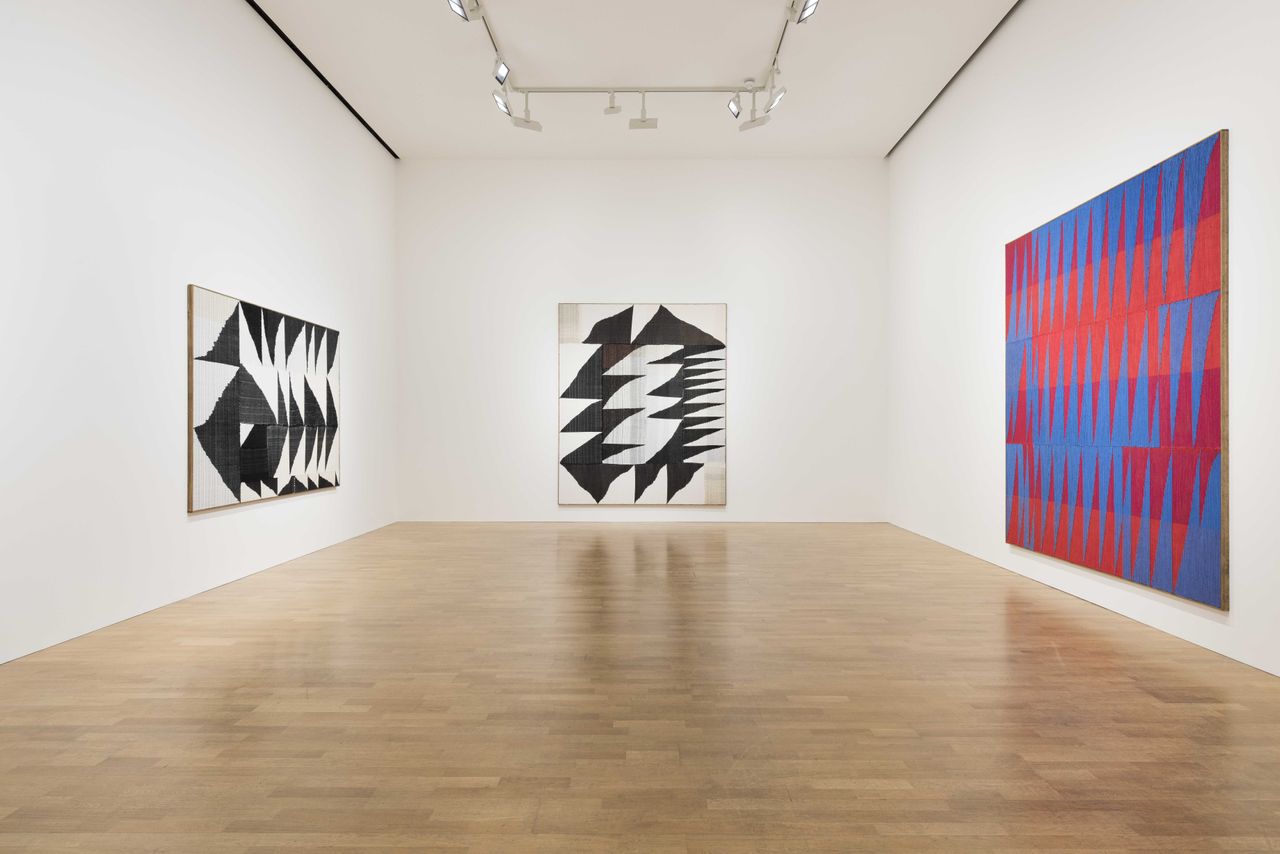
Trained as a painter but introduced to weaving in Berlin in 2004, Canadian-born artist Brent Wadden decided three years ago to ditch paint entirely in favour of yarns. Each of his dazzling artworks is composed of individual geometric panels that are painstakingly woven by hand, on backstrap and floor looms from second-hand and leftover fibres. Stretched over raw canvas in graphic compositions, the abstract works that Wadden creates are characterised by their wobbly lines and errors. They are a celebration of the imperfect.
Citing First Nation, folk and Bauhaus textiles among his influences – as well as painting movements such as abstract expressionism – Wadden calls into question the hierarchies of media and disciplines with his work. In conversation with Nicolas Trembley earlier this year, Wadden commented,
'I liked the tension by having the weaving and the paintings in the same room, the language that existed or was created by having both of the things – something like oil painting, which most people would consider a high art or craft, and then the weavings which are like this lesser thing where the textiles could just be on the floor. People don't really respect them as art. It's more of a disposable medium and I wanted to create that dialogue in the gallery space between the two.'
Opened last week at London's Pace Gallery, Wadden's first solo exhibition in the UK features five new site-specific works that respond to the scale of the space at 6 Burlington Gardens. At first glance, they appear to be two-tone abstractions; but on closer inspection the kaleidoscope of colour found in the leftover acrylic, cotton and wool fibres is revealed.
'For me, my work is about patterning, and rhythm, and always making a mistake at some point throughout it,' Wadden tells Trembley. 'It’s not a mistake if you purposely do it, but there’s a rhythm that happens and there’s a format in which you think. There’s a formula that I’m using in each piece but there’s always a mistake that exists in the work, which I allow to happen.'
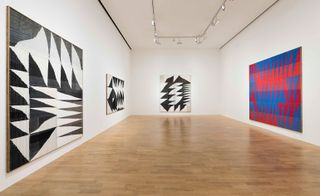
Made up of five new site-specific works, the show presents Wadden's new weavings in a direct response to the scale of the gallery at 6 Burlington Gardens
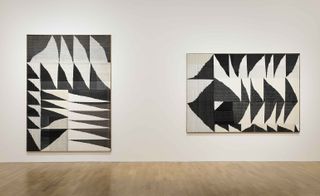
Each artwork is composed of individual geometric panels that are painstakingly woven by hand on backstrap and floor looms from second-hand and leftover fibres
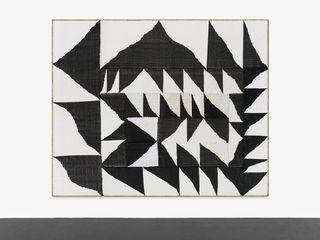
Stretched over raw canvas in graphic compositions, the abstract artworks that Wadden weaves are characterised by their wobbly lines and undisguised errors
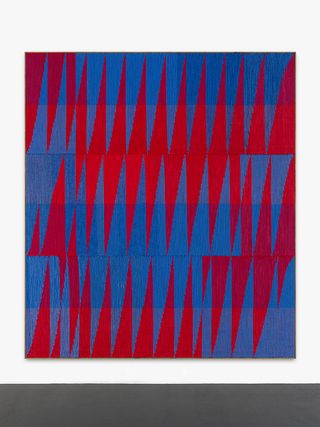
Wadden cites First Nation, folk and Bauhaus textiles among his influences as well as painting movements such as abstract expressionism
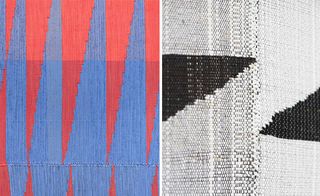
INFORMATION
’How Long is Now’ is on view until 31 October
ADDRESS
Pace Gallery
6 Burlington Gardens
London, W1S 3ET
Wallpaper* Newsletter
Receive our daily digest of inspiration, escapism and design stories from around the world direct to your inbox.
Ali Morris is a UK-based editor, writer and creative consultant specialising in design, interiors and architecture. In her 16 years as a design writer, Ali has travelled the world, crafting articles about creative projects, products, places and people for titles such as Dezeen, Wallpaper* and Kinfolk.
-
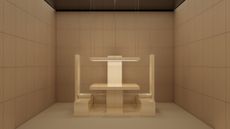 Emerging galleries to discover during Milan Design Week
Emerging galleries to discover during Milan Design WeekWallpaper’s Milan editor has the inside track on the younger design galleries coming to town
By Laura May Todd Published
-
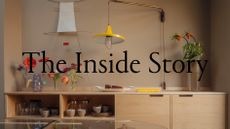 Exploring this whimsical North London home feels like going down the rabbit hole
Exploring this whimsical North London home feels like going down the rabbit holeWallpaper* series, The Inside Story, spotlights intriguing, exciting or innovative interiors. OntheSq is the result of a renovation of a beautiful period property, which has been dressed in a mélange of designs loosely inspired by 'Alice in Wonderland'
By Anna Solomon Published
-
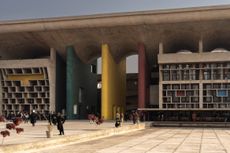 This ‘architourism’ trip explores India’s architectural history, from Mughal to modernism
This ‘architourism’ trip explores India’s architectural history, from Mughal to modernismArchitourian is offering travellers a seven-night exploration of northern India’s architectural marvels, including Chandigarh, the city designed by Le Corbusier
By Anna Solomon Published
-
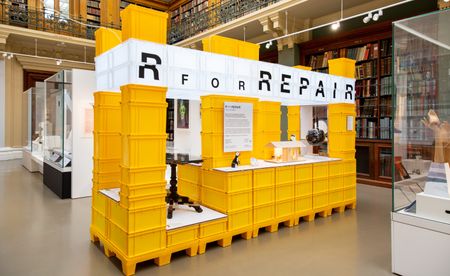 ‘R for Repair’ at London Design Festival displays broken objects, re-formed
‘R for Repair’ at London Design Festival displays broken objects, re-formedIn the second half of a two-part exhibition and as part of London Design Festival 2022, ‘R for Repair’ at the V&A displays broken objects, re-formed
By Martha Elliott Last updated
-
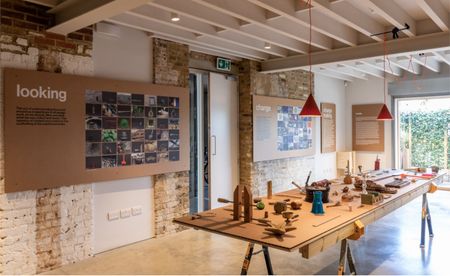 ‘Finding quality through the act of making’: Pearson Lloyd celebrates 25 years of design
‘Finding quality through the act of making’: Pearson Lloyd celebrates 25 years of designPearson Lloyd’s show ‘Change Making’ reflects on past designs from its archives, showcasing the influences on and evolution of the studio, from furniture design to the NHS
By Martha Elliott Last updated
-
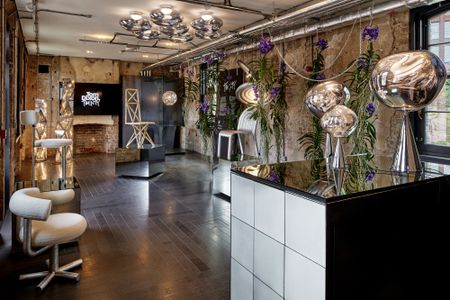 Tom Dixon marks his studio's 20 years with a show of design experiments
Tom Dixon marks his studio's 20 years with a show of design experimentsMushroom, cork, steel coral and more: Tom Dixon showcases an overview of his design experiments as he celebrates his practice's 20 years
By Rosa Bertoli Last updated
-
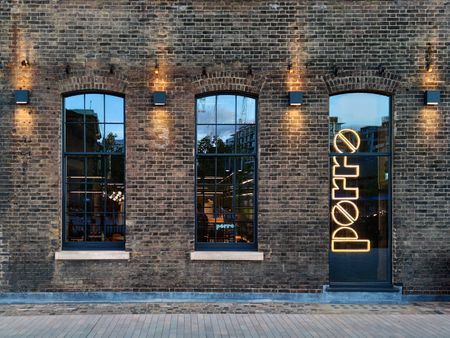 Porro unveils new London showroom at Coal Office
Porro unveils new London showroom at Coal OfficeLondon Design Festival 2022: industrial architecture meets pure geometries in the new Porro showroom, taking over a space within Tom Dixon’s Coal Office to showcase the brand’s systems and furniture
By Rosa Bertoli Last updated
-
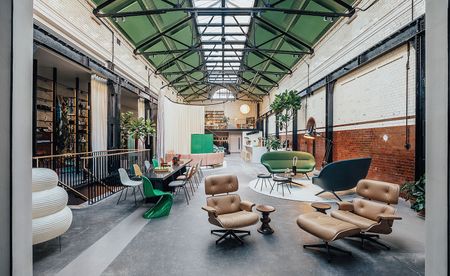 Vitra unveils new London home in the Tramshed, Shoreditch
Vitra unveils new London home in the Tramshed, ShoreditchLondon Design Festival 2022: after a year-long renovation, Vitra opens the door to its new showroom in the heart of Shoreditch
By Rosa Bertoli Last updated
-
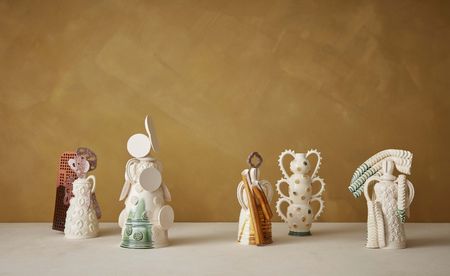 Mudlarking beside the River Thames inspires The New Craftsmen’s makers
Mudlarking beside the River Thames inspires The New Craftsmen’s makersLondon Design Festival 2022: The New Craftsmen’s new collection, ‘Claylarks’, features work from a group of creatives inspired by a River Thames mudlarking expedition
By Mary Cleary Last updated
-
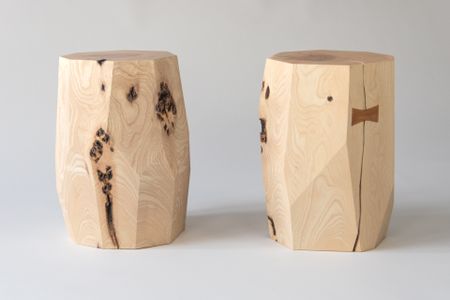 One tree, ten designers: SCP presents The One Tree Project at London Design Festival
One tree, ten designers: SCP presents The One Tree Project at London Design FestivalLondon Design Festival 2022: SCP enlisted ten British designers to create furniture and objects from a felled ash tree from founder Sheridan Coakley's Hampshire garden
By Francesca Perry Last updated
-
 London Design Medals 2022
London Design Medals 2022London Design Medals 2022 are awarded to costume designer Sandy Powell, architect Indy Johar, researcher Joycelyn Longdon and photographer Sir Don McCullin
By Rosa Bertoli Last updated